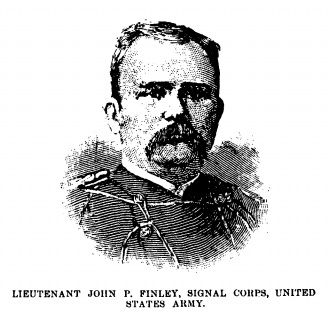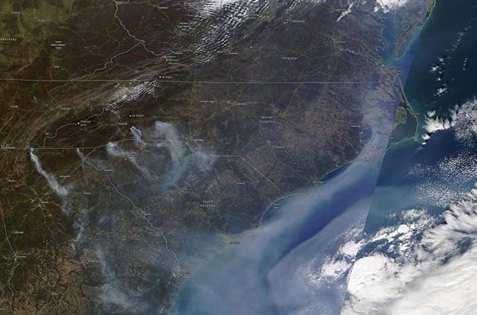-

The National Hurricane Center has released their final report on Hurricane Irma. It’s 111 pages long, which attests to the impact that Irma had on the United States and especially the Southeast. You can read it at https://www.nhc.noaa.gov/data/tcr/AL112017_Irma.pdf.
Posted in: Tropical weather -

I saw this well-written discussion of the science of cloud seeding this morning and thought you might be interested. Cloud seeding is the injection of specific chemicals into clouds to help them form precipitation. It is often discussed as a way of helping farmers get more rainfall, especially in times of drought. But if you…
Posted in: Climate science -

An early look at the climate statistics so far this month show that while most of the Southeast has been cooler than normal so far this month, the precipitation amounts are all over the place, with some areas receiving 300% of normal so far while many other areas have received almost none. This has contributed…
Posted in: Climate summaries -

One of the reasons that you can’t just use historical trends in data over time to predict future climate is that there are often feedback loops that amplify the changes in temperature that may occur in the future. One of these feedback loops is the change in albedo (reflectance of sunlight) due to melting of…
-

Climate.gov has an excellent discussion of why February set records for high temperatures across the Southeast. The short answer is that it is related to the very wavy winds that occurred during the month, which brought cold weather to the western US at the same time that we were toasting in the East. You can…
-

For those of you interested in severe weather and tornadoes, you will enjoy reading this journal article about the first known tornado forecast that was ever made. J. P. Finley was a military meteorologist who was fascinated by severe weather, especially tornadoes, and spent a lot of time studying how they formed. He made his…
-

Aerosols are tiny particles floating in the air. They can come from natural sources like bursting bubbles on the ocean, which release tiny crystals of sea salt into the air, or volcanic eruptions, which emit ash and sulfuric acid as tiny droplets. They can also come from human pollution like emissions from the tailpipes of…
Posted in: Climate science